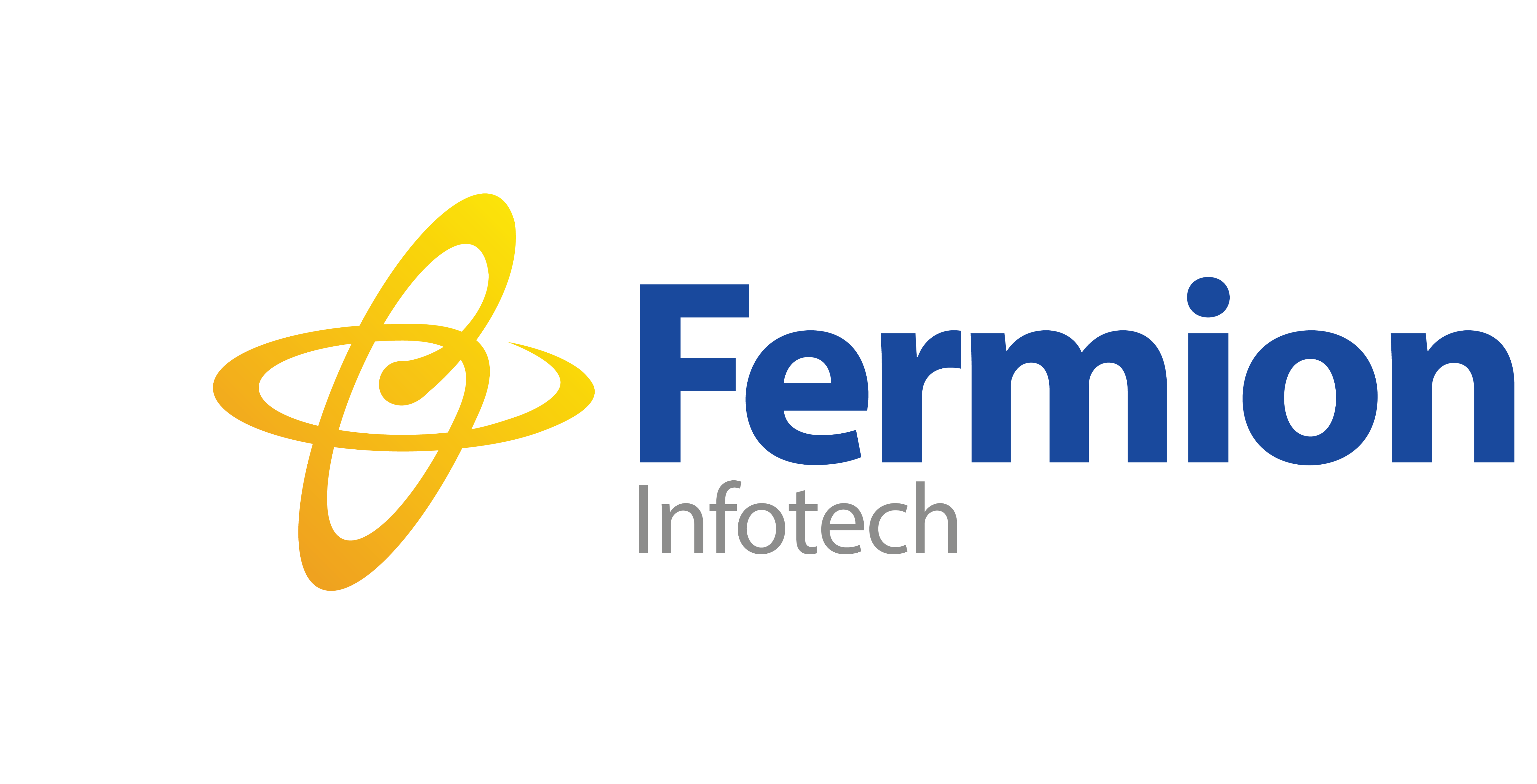
Quantum computing might sound like science fiction, but it’s a real field with the potential to revolutionize various industries, including software development. Here’s a breakdown:
What is it?
Unlike traditional computers that use bits (0s or 1s), quantum computers utilize qubits. These qubits can exist in a state called superposition, meaning they can be both 0 and 1 simultaneously. This “quantum weirdness” allows them to perform calculations in parallel across multiple possibilities, tackling problems that would take classical computers exponentially longer.
Benefits for Software Development:
- Breaking encryption: Quantum computers could potentially break current encryption standards, forcing the development of new, quantum-resistant algorithms. This necessitates advancements in software development to ensure continued secure communication and data protection.
- Material science simulations: Simulating complex molecules and materials at the atomic level is crucial for developing new drugs, catalysts, and other innovative materials. Quantum computers could accelerate these simulations by a significant margin, leading to faster breakthroughs.
- Machine learning optimization: Training complex machine learning models can be computationally expensive. Quantum computing could optimize algorithms and training processes, leading to more efficient and powerful AI models.
- Financial modeling and risk analysis: The ability to analyze vast amounts of financial data and complex scenarios simultaneously can lead to more accurate financial models and risk assessments.
Current Stage and Challenges:
While exciting, quantum computing is still in its early stages. Building and maintaining stable quantum systems is challenging, and harnessing their full potential requires further development of algorithms and software specifically designed for this new paradigm.
Overall, quantum computing holds immense potential to transform software development in various ways, from creating new encryption methods to accelerating scientific simulations and optimizing AI algorithms. However, significant research and development are still needed to unlock its full capabilities.







